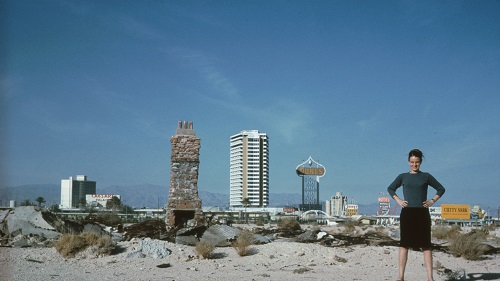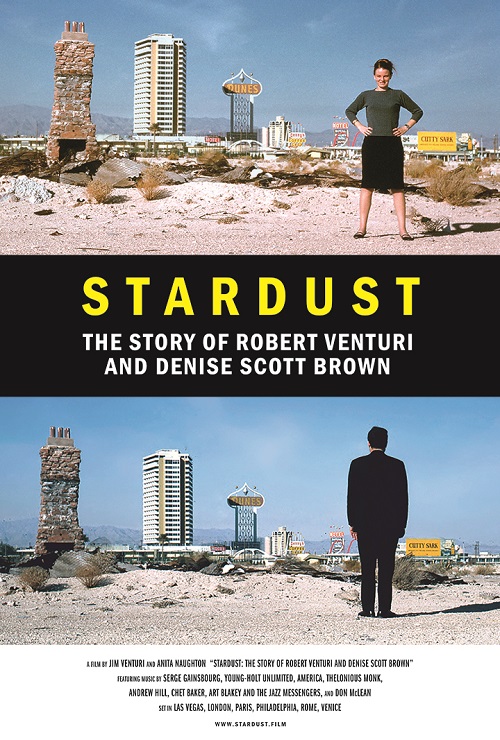Architecture and Beyond, with Jim Venturi
TORONTO – Following the Canadian Premier of Stardust: The Story of Robert Venturi and Denise Scott Brown at the ADFF Film Festival here in Toronto, Director Jim Venturi spoke with Corriere Canadese to discuss this intimate portrait of two of the most influential architects of the 20th century. Directed by Jim Venturi, Written by Anita Naughton.
What can the non-architect community take from this film?
“I’m not an architect, and I found in the process of doing the research that my father’s book [Complexity and Contradiction in Architecture] is almost like a quasi-religious text, in a way. It’s philosophical. It’s like Eastern philosophy and non-dualism. And one of the early inspirations to do the film was that this could be an interesting film for non-architects to be able to learn in ways that others had learned by chance from those theories. I love people’s views outside of architecture. I love hearing what they think, what they get from it. So on many, many levels, I wanted to be seen beyond architecture”.
What made Robert Venturi and Denise Scott Brown’s designs so influential?
I think what both of them did was question the orthodoxy of the day, which at that time was espousing the idea of functionalism in architecture as an orthodoxy. But ironically, that orthodoxy actually got in the way of the real functions that architects needed to have. I think it represented a time where they were trying to get back to the fundamentals of modernism. And all of a sudden, they’re working to update this for a new time and to bring symbolism back into architecture and to learn from masters like Mies van de Rohe. And he brought artistry back to architecture in a way that had been captured by a kind of engineering mindset of people like Walter Gropius and others”.
What can you tell us about your Italian Heritage?
“My grandfather, Robert Sr., arrived in America at the age of seven from Atessa in Abruzzo. He had a wholesale produce business in Philadelphia. His family came from six generations of builders. And there was no separation between architecture and building at that point in time. So they were architects essentially. And the immigrant experience made them kind of have to give that up. And so my grandfather loved architecture and yet couldn’t practice it himself. And so all that frustration for both my mother and my father, frankly, got put into them by the older generation”.
In what ways did Italian architecture inspire Robert’s work?
“We went to Italy every year. It was a pilgrimage to architecture. And by the time he got to Princeton, he probably knew more about architectural history than most of his professors. I mean, he had read books constantly as a teenager. And so, when he looked at architecture, it wasn’t just the time in Rome, but it was all that time beforehand. When he was in Rome, he was seeing it in a different way, seeing it with color, because the books were black and white. He was seeing things that he didn’t see in books like the Brasini church at Piazza Euclide in Parioli, or the Moretti [design] nearby of the Casa Girasole. It was a lot that he got from going to Italy, but he had it before he even went to Italy. And then he had it from his dad and things like being shown the Penn Station (modelled after Caracalla Baths) and all that. So it was really, he was turbocharged from the moment he was born practically”.
Photos courtesy of Jim Venturi
Follow the film online at www.stardust.film
Massimo Volpe is a filmmaker and freelance writer from Toronto: he writes reviews of Italian films/content on Netflix





